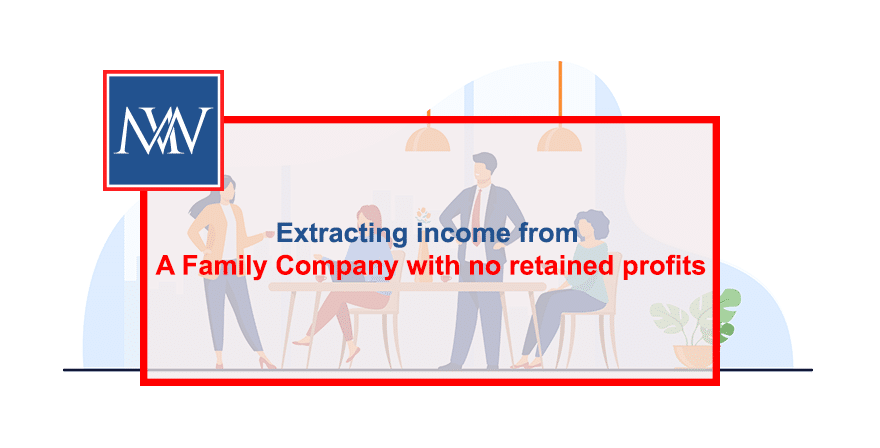
Extracting income from a family company with no retained profits
Topic:-Extracting income from a family company with no retained profits
The Covid-19 pandemic has had an adverse effect on millions of family companies, potentially reducing or eliminating profits. Where there is cash in the business that can be withdrawn, possibly because the business has received a Coronavirus Bounce Back Loan or a Coronavirus Business Interruption Loan, and the family needs to withdraw funds to meet their living costs, the lack of retained profits may affect how those funds are withdrawn.
No retained profits, no dividends
A popular and tax-efficient strategy is to pay a small salary and extract further profits as dividends. For 2020/21, the optimal salary is £9,500 (equal to the primary threshold for Class 1 National Insurance purposes) where the employment allowance is not available and £12,500 (equal to the personal allowance) where it is.
Dividends can only be paid out of retained profits, so where there are no retained profits, no dividends can be paid.
If funds are needed to meet personal living costs, other routes must be taken.
Higher salary or a bonus
Unlike dividends, profits are not needed to pay a salary or bonus; indeed these can still be paid even if doing so creates or increases a loss. Paying an additional salary or a bonus will come with a personal tax bill once the personal allowance has been utilised and will attract primary and secondary Class 1 National Insurance where earnings exceed the relevant thresholds, set, respectively, at £9,500 and £8,788 per year, and where secondary contributions are not sheltered by the employment allowance. It should be remembered that company directors have an annual earnings period for Class 1 National Insurance purposes.
However, on the plus side, salary payments, and any associated secondary National Insurance contributions are deductible when working out the company’s taxable profits.
Take a loan
Rather than paying a higher salary, it may be preferable to take a loan from the company. Most family companies are close companies, such that if the loan is not repaid within nine months and one day of the end of the accounting period in which it was taken, a section 455 charge arises and 32.5% of the outstanding balance must be paid by the company over to HMRC (although if the loan is repaid, this is repayable nine months and one day after the end of the accounting period in which the loan is paid). A benefit in kind tax charge will also arise on the director if the loan balance tops £10,000 at any point in the tax year, even if only for one day. The amount charged to tax is the interest that would be payable at the official rate (set at 2.25% from 6 April 2020), less any interest actually paid.
Taking a loan can be tax-efficient, particularly if paid back before the trigger date for the s. 455 charge. It may be an attractive option to get over a difficult period where a return to profitability is anticipated, allowing a dividend to be declared to clear to loan balance.
Benefits-in-kind
The provision of benefits in kind can also be attractive as the recipient will pay tax on the cash equivalent value rather than having to meet the full cost personally. Benefits in kind are even more attractive where an exemption can be utilized allowing them to be provided tax-free. The trivial benefits exemption can be put to use here where the cost is not more than £50 (and the total cost of trivial benefits is not more than £300 for the tax year).
From the company’s perspective, Class 1 National Insurance will be payable on the cash equivalent amount, but the cost of the benefit and the NIC cost is deductible in computing taxable profits for corporation tax purposes.
For more information, Book a Free Consultation
Need Accountancy Support?
For information on bespoke training, or if you have any other questions for Makesworth Accountant, please fill in your details below
















 151
151